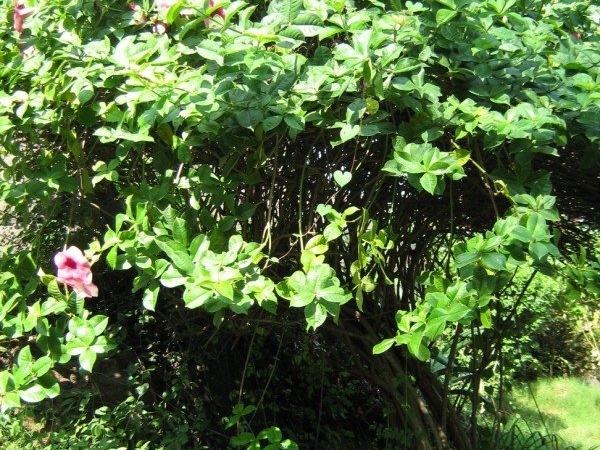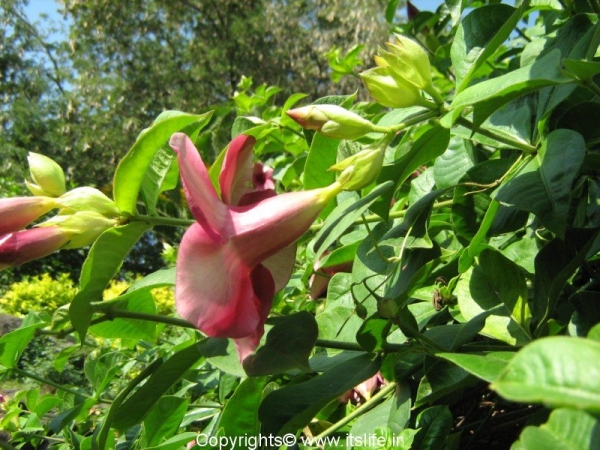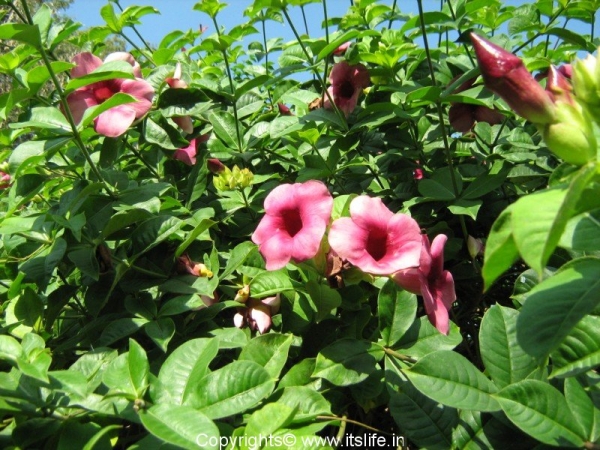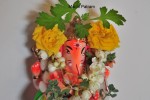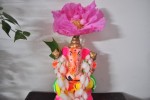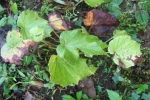Public gardens are incomplete without this plant. Allamanda is a very attractive plant that catches your eye instantly and becomes a center of attraction in any garden. Allamanda is a native of South and Central America. The genus name Allamanda is derived from the 18th century Swiss botanist, Frédéric-Louis Allamand.
This plant is evergreen, woody and blooms in abundance throughout the year. Allamanda grows to a height of 2 meters and above. There are 12 species of Allamanda and some of them are semi-creepers.
The leaves are leathery, glossy and deep green. The trumpet shaped flowers of Allamanda are varound 7 cms in diameter. The glossy velvety texture and the color of the 5 petals add to the attractiveness of the plant. The different hues of Allamanda are pink, white, orange, yellow and purple.
Propagation:
Propagation of Allamanda can be either by cuttings or seeds. Plan them under direct sunlight. Feed periodically with a good fertilizer. The creeper variety can be grown in hanging baskets or can be made to climb on supports.
Warning:
Every part of the plant is poisonous if ingested and the milk sap can cause skin irritation.
